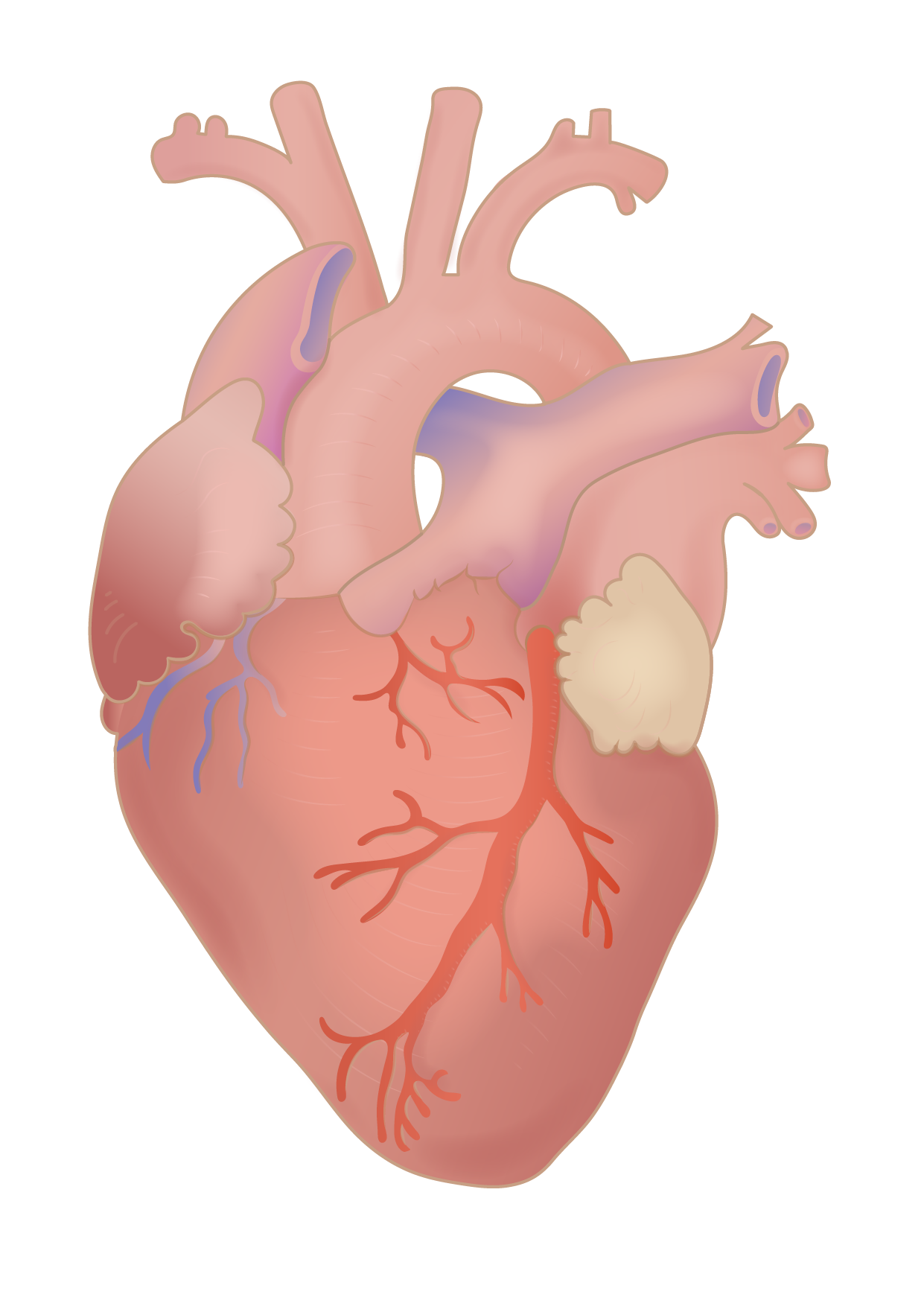
The world has long been captivated by Nicole Kidman, a name synonymous with ethereal beauty, profound talent, and an almost otherworldly grace that glides across red carpets and cinematic screens alike. Yet, beneath that shiny, implacable, and flawless movie-star exterior, there resides what she herself describes as “the soft stuff: intuitive, porous, sensitive.” It’s this profound openness, this “skinless” quality as director Anthony Minghella once observed, that has not only fueled her acclaimed career but also shaped her journey through life’s most challenging passages, including the recent, “devastating” changes amid her divorce from Keith Urban.
In a candid and deeply personal conversation, Kidman recently dropped her armor, offering a rare glimpse into the core of her being—a woman who has learned to navigate both the blinding spotlight and the quiet solitude of personal grief and transformation. Her story is not just one of Hollywood triumphs, but a testament to resilience, the constant re-evaluation of life’s direction, and the enduring power of a spirit that refuses to be defined by external expectations. It’s a narrative woven with threads of unwavering professional commitment, profound personal reflection, and an unyielding capacity to “put it in [her] work” when life delivers its inevitable blows.
Join us as we embark on an intimate exploration of Nicole Kidman’s journey, tracing the remarkable facets of her life that have shaped her into the formidable yet vulnerable woman she is today. From her earliest insights into her own sensitive nature to her pioneering efforts in an often-unforgiving industry, her unique artistic expressions through fashion, and her steadfast approach to life’s incessant judgments, we uncover the foundation upon which she stands as she confronts new chapters, demonstrating the strength and wisdom gained from a lifetime lived “open.”
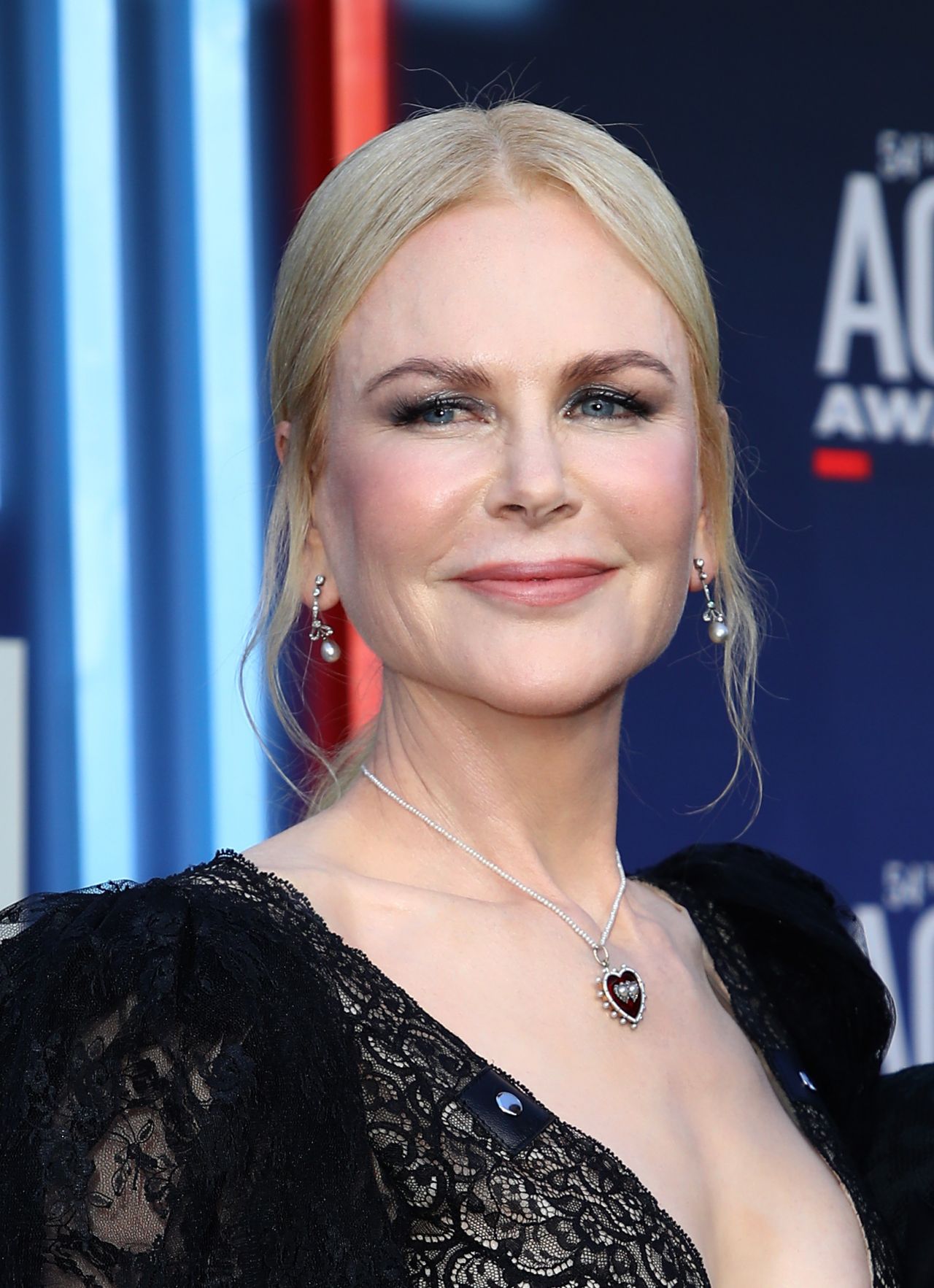
1. **Nicole Kidman’s “Skinless” Nature and the Enduring Need for “Armor”**
Nicole Kidman often uses the word “open” to describe herself, a quality that illuminates both her vulnerabilities and her strengths. This profound sensitivity was once keenly observed by the late director Anthony Minghella, who, after working with her on the 2003 film *Cold Mountain*, remarked that she was “skinless.” Kidman recalls this observation, saying, “I’ve always remembered it. I thought: I’m not sure that’s good, but I look back now that he’s gone… and I sort of understand what he meant.” It’s a powerful metaphor for her intuitive and porous emotional landscape, a core aspect of her being that profoundly impacts her art and her life.
This inherent openness made her early experiences as a UN ambassador particularly challenging. In 2006, when she first took on the role, she had to be specifically taught how to listen to the harrowing stories of women who had suffered ual violence in Kosovo. She admits, “I would absorb them to the point where I couldn’t even function…sensorily, emotionally.” It highlights a deep empathy that, while admirable, necessitated learning coping mechanisms to protect her own emotional well-being, demonstrating the heavy toll that such unarmored empathy can take on a person.
Ultimately, Kidman has come to terms with this defining characteristic. She reflects on Minghella’s comment, understanding now that “It’s okay, but sometimes you’ve got to put on armor, to protect, when you are skinless.” This recognition isn’t about closing off but rather about finding necessary ways to shield her sensitive core from the world’s harsh realities, whether those are the traumas of others or the personal storms she navigates herself. It’s a testament to her journey of self-acceptance and the wisdom gained in knowing when to be vulnerable and when to don protective layers.
Read more about: Beyond the Red Carpet: Nicole Kidman’s Unfiltered Confessions on Life, Love, and Reinvention After Her Split from Keith Urban
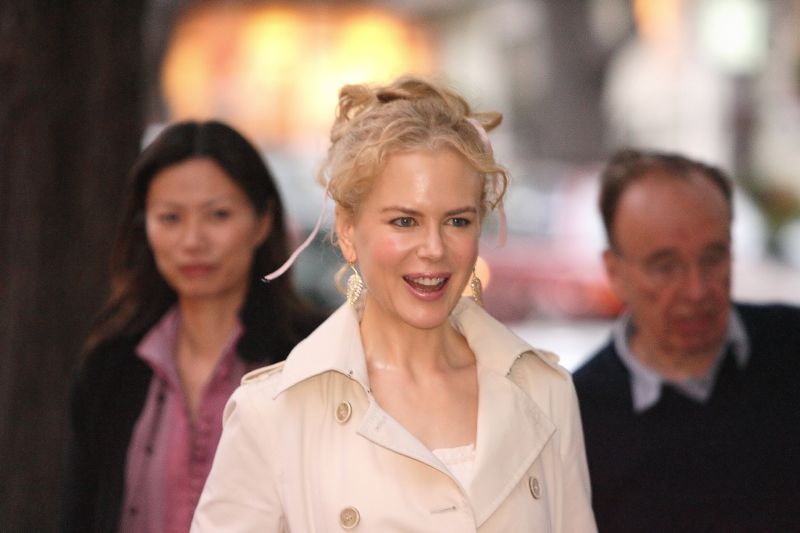
2. **A Career Trajectory That Defies and Defines: Defying Ageism in Hollywood**
Nicole Kidman’s journey in the entertainment industry began remarkably early, starting her acting career at just 14 years old in her native Sydney. Her talent quickly propelled her from teenage stardom in Australian films and miniseries to the very front row of Hollywood. She notably starred opposite Tom Cruise in *Days of Thunder* in 1990, embarking on a decade of red-carpet triumphs, critically acclaimed performances, and, as is inevitable in such a demanding industry, a few box office flops. This early immersion laid the groundwork for a career that would prove to be anything but conventional.
Over almost 40 years, Kidman has masterfully alternated between art house films and blockbusters, continuously genre-shifting from Viking revenge sagas to period dramas, taut thrillers, horror, family dysfunction, quirky comedies, and binge-worthy, glossy TV series. Her impressive filmography includes iconic portrayals of real-life figures such as Grace Kelly, Gertrude Bell, Lucille Ball, Martha Gellhorn, and Diane Arbus, earning her numerous awards. Her career trajectory, consistently moving “up and up,” has spectacularly defied what was once expected of actresses over the age of 40, effectively defining a new generation of women filmmakers and demonstrating enduring power in an industry often obsessed with youth.
Kidman herself embodies a relentless drive, stating, “Kidman does not much like rest. Taking a risk is what I’ve always done.” This philosophy extends to how she handles setbacks, asserting, “You get back up and you try again and you learn.” Her remarkable successes, both as an actress and through her production company, Blossom Films, allow her the unique scope to continue working on offbeat projects. She explains, “I still go back to shoestring indie filmmaking because it was where I was born, but then I can move into a big studio [movie] like Practical Magic, where you go, Okay! But that has an enormous amount of pressure and responsibility, and how do you carry that load?” This balanced approach highlights her commitment to both artistic integrity and mainstream success.
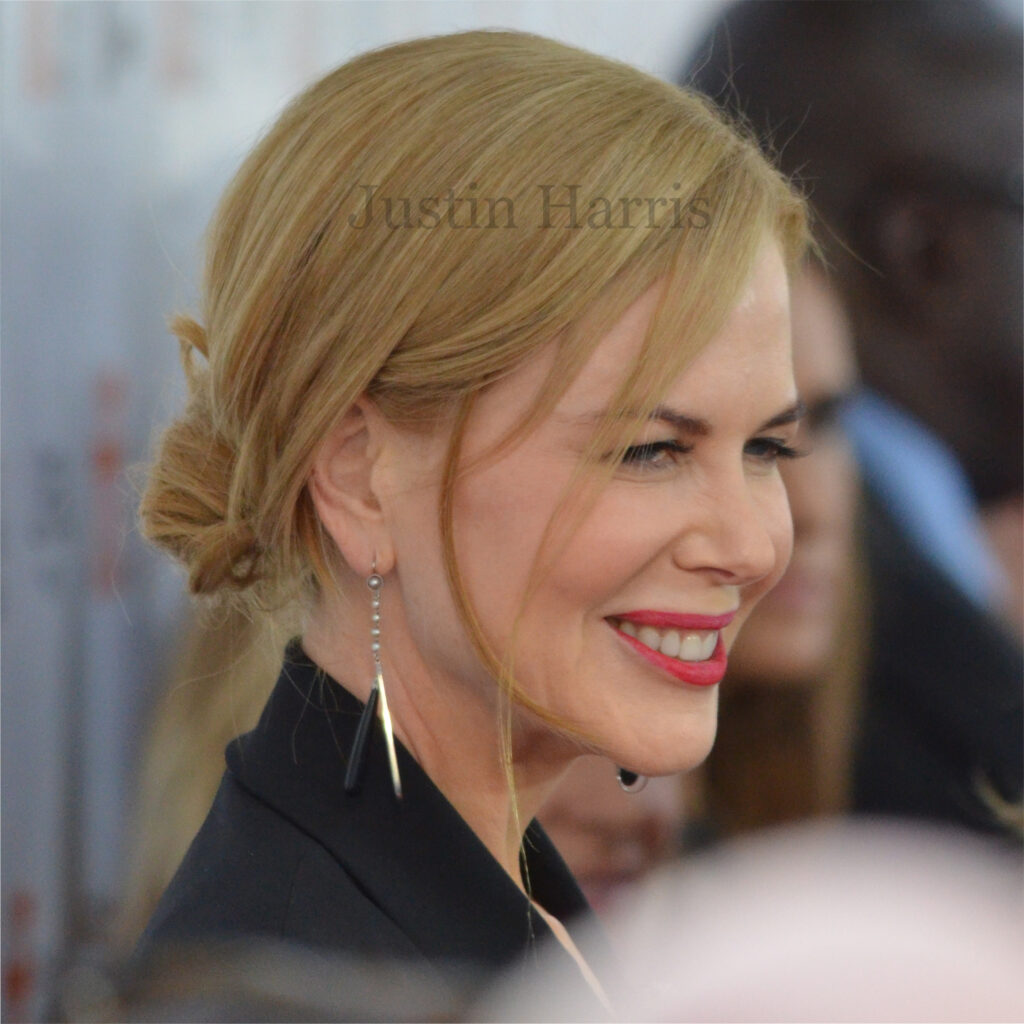
3. **The “Nicole Effect”: Empowering Women and Shifting Industry Dynamics**
Founded in 2010, Kidman’s production company, Blossom Films, has become a powerful force, particularly in advocating for women in front of and behind the camera. For years, she had struggled to produce films, often having to buy rights and options herself, a challenging path in a male-dominated industry. However, after the monumental success of the series *Big Little Lies* in 2017—which she produced with her close friend and Nashville neighbor Reese Witherspoon—Kidman found a pivotal shift. “Suddenly,” she told the interviewer, “it was like a golden road.” This newfound influence allowed her to make a significant pledge: to work with a woman director every 18 months.
Kidman has not only met but vastly exceeded this promise, collaborating with more than 20 female directors in recent years, a remarkable achievement that underscores her profound commitment to changing the landscape of Hollywood. Her impact is so significant that Jamie Lee Curtis, a co-producer and costar with Kidman on the upcoming Prime Video series *Scarpetta*, humorously coined the term “the Nicole effect.” Curtis described the palpable shift when Kidman is involved, saying, “You know in the military when people say: Attention! That’s how it feels.”
Kidman’s involvement, according to Curtis, brings “a different level of seriousness, of complexity, of intensity” to projects. This empowerment is cyclical; Curtis herself was able to bring her option on the *Scarpetta* novels to Kidman, creating new opportunities. Curtis emphatically notes, “It’s a shift in the right direction, from a really very heavily male-dominated industry. Clearly women are changing things.” She even pointed out Kidman’s visibility in cultural touchstones like the well-known AMC cinema ads, remarking, “That’s not Brad Pitt or George Clooney or Tom Cruise or Ryan Gosling doing that. It’s Nicole ing Kidman.” These observations powerfully illustrate how Kidman is not just an actress but a vital agent of change.
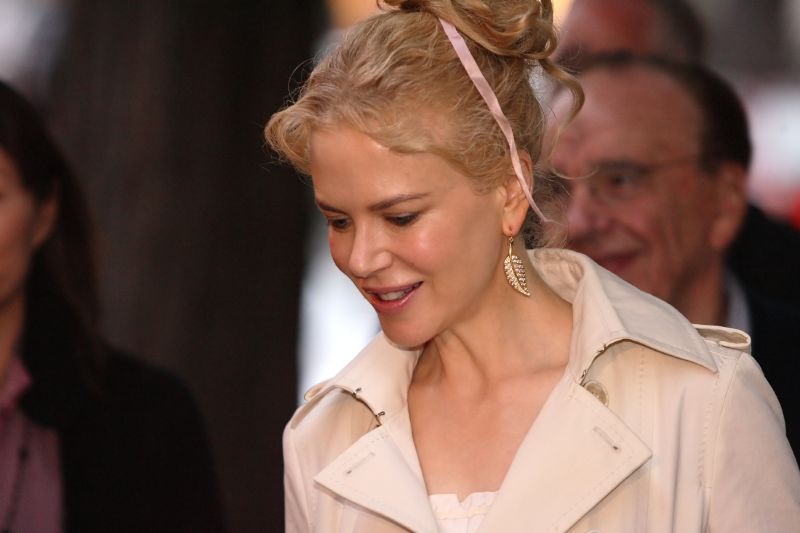
4. **Evolution of Roles: Mapping the Arc from Male Gaze to Female POV**
Nicole Kidman’s impressive career has mapped a fascinating arc in the representation of women on screen, moving from what might be termed the “male gaze” to a distinctly “female POV.” This span is, to some extent, bookended by two pivotal films: Stanley Kubrick’s *Eyes Wide Shut*, which she made with then-husband Tom Cruise in 1999, and the more recent *Babygirl*, written and directed by Halina Reijn. *Eyes Wide Shut* was described as a “Homeric odyssey of and oddity,” a film that even nonplussed Kidman at the time, as she recounted, “I was saying, ‘Well, Stanley, what does this mean?’ And he was like, ‘Don’t ever ask me that!’” It epitomized a certain era of cinematic exploration.
In stark contrast is *Babygirl*, where Kidman plays a CEO exploring ual submission to a much younger lover. Kidman herself humorously and self-mockingly drew a parallel between the two films, stating, “One ends with the word and the other one ends with the actual action, and there is my career!” This evolution highlights a significant shift in the types of roles available to and chosen by women actors, moving towards more complex, nuanced, and internally driven narratives. It reflects a deliberate choice by Kidman and other female actors who are increasingly establishing production companies to gain greater control over their stories.
Kidman articulates this change directly, observing, “It’s not the Madonna- anymore.” This statement encapsulates the broader industry movement towards dismantling reductive female archetypes and embracing a wider spectrum of female experiences and desires on screen. Her own career exemplifies this transition, actively shaping a new landscape where female characters are explored with depth and agency, challenging traditional perceptions and opening doors for more authentic and diverse storytelling. The arc of her filmography is not just personal but also a reflection of a societal and cinematic awakening.
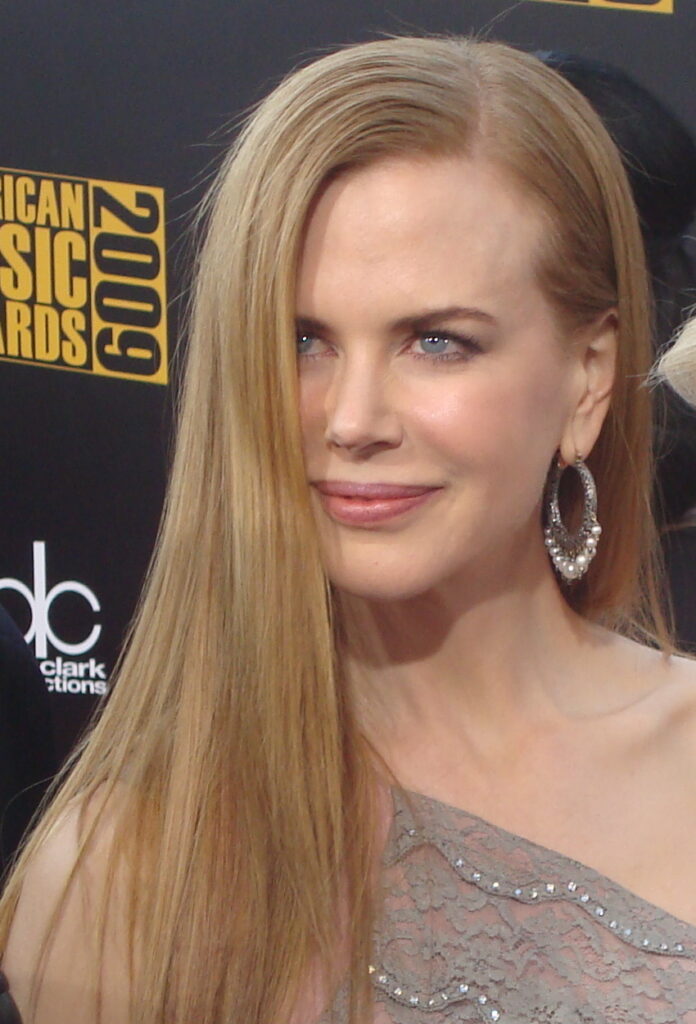
5. **A Quiet Attraction to Challenging and “Taboo” Parts**
When questioned about her frequent attraction to roles that delve into challenging or “taboo” subjects, Nicole Kidman responded with a quiet honesty: “I don’t know. Isn’t that weird that I don’t know why?” This genuine introspection speaks volumes about her intuitive process as an artist, driven by something beyond conscious calculation. Her filmography is replete with examples of characters who push boundaries and provoke discussion, often exploring themes that many might shy away from, solidifying her reputation as an actress unafraid to tackle the complex facets of human experience.
Her willingness to embrace such roles has been evident throughout her career. In 1998, she appeared fleetingly unrobed onstage in *The Blue Room* in London’s Donmar Warehouse, a performance described in *The Telegraph* as “pure theatrical Viagra!” that earned her an Olivier nomination for best actress. In 2012’s *The Paperboy*, a steamy noir set in 1970s Florida, Kidman famously pees on Zac Efron after a jellyfish attack. Other roles include a character into bondage in 2001’s rom-com thriller *Birthday Girl*, and her infamous scene in 2004’s *Birth*, where she kissed a 10-year-old boy believing him to be an incarnation of her late husband.
Despite the often-controversial nature of these parts, Kidman views them through a lens of artistic exploration and societal relevance. She quietly yet firmly states, ” is an important part of our lives and is still, a lot of times, taboo, and it shouldn’t be.” This perspective reveals her commitment to using her platform to unpack and normalize aspects of human existence that are often relegated to the shadows. It underscores her self-description as a “character actor” who seeks to understand and embody the full spectrum of the human condition, even when it means venturing into uncomfortable territory.
Read more about: Beyond the Red Carpet: Nicole Kidman’s Unfiltered Confessions on Life, Love, and Reinvention After Her Split from Keith Urban
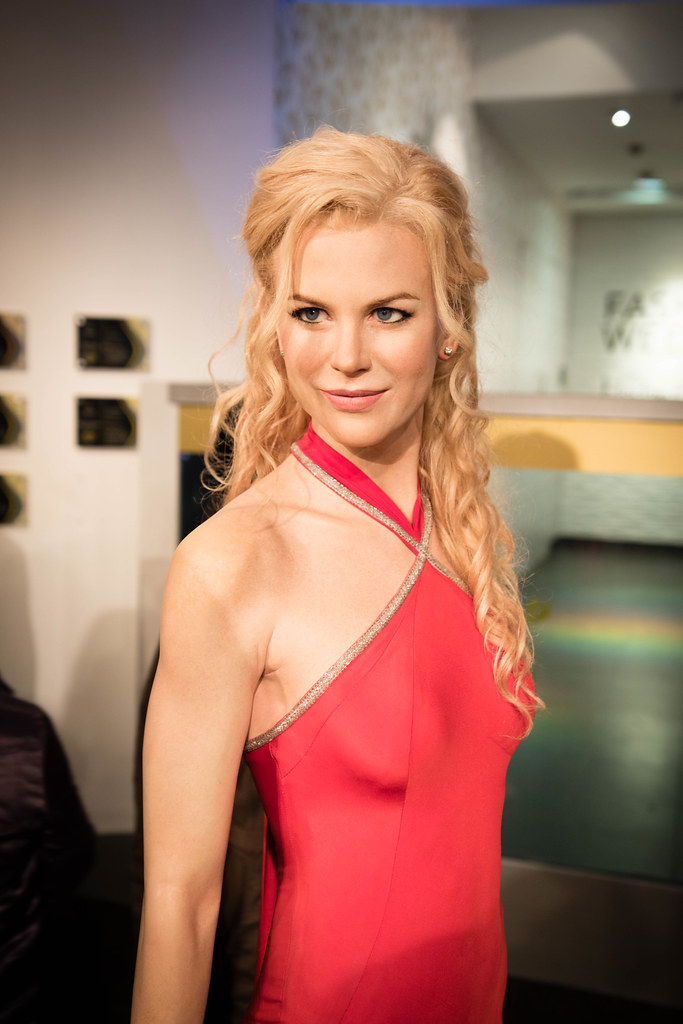
6. **The Joy of “Free-falling”: Favorite Characters and Artistic Exploration**
When asked to name her favorite characters, Nicole Kidman quickly listed Satine from Baz Luhrmann’s *Moulin Rouge!* and Celeste from *Big Little Lies*, roles that resonated deeply with audiences and critics alike. However, she also surprisingly added, “But I loved Grace in Dogville, strangely enough.” *Dogville*, Lars von Trier’s experimental 2003 film, shot on a minimalist stage set, features Kidman as a woman debased and abused by the inhabitants of a small town. It’s a performance many regard as her finest, highlighting her willingness to engage with profoundly challenging and unconventional cinematic experiences.
Her affection for *Dogville* stems from its unique artistic approach and intellectual rigor. “I liked being part of a Brechtian play and the way in which Lars would challenge me on whether people were good or bad,” she explained. This statement reveals a profound intellectual curiosity and a desire to grapple with complex moral ambiguities within her work. It’s not just about portraying a character, but about engaging with the philosophical underpinnings of the story and the directorial vision, pushing her own understanding of human nature.
This deep dive into the unknown is where Kidman finds her greatest artistic fulfillment. “I love acting where it’s like, What is this? I can’t even mentally grab it,” she told the interviewer, articulating a state of creative surrender. She elaborated, “I love when I’m moving out of my own knowledge into a place of…it’s almost like free-falling.” This metaphorical “free-falling” represents her ultimate pursuit in acting—to transcend her own preconceived notions and immerse herself fully in the uncharted emotional and psychological territories of her characters, finding exhilaration in the unfamiliar and the unquantifiable aspects of performance.
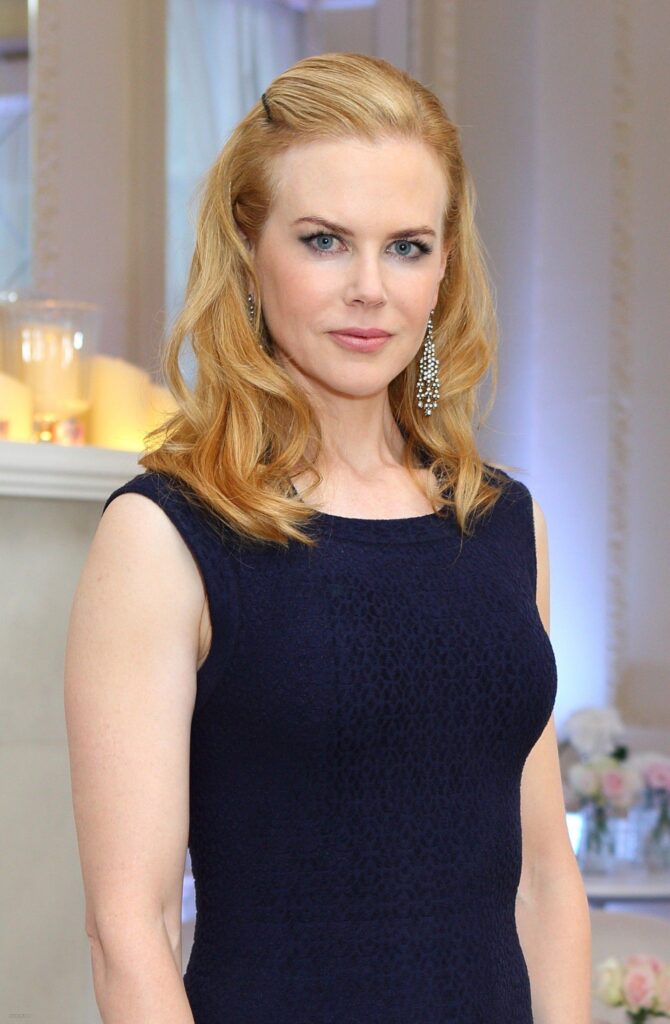
7. **Fashion as “A Parallel Artistic Life” and the Ultimate “Armor”**
Nicole Kidman’s deep passion for fashion isn’t merely an actress’s requirement for red-carpet events; it’s an intrinsic part of her artistic identity, rooted deeply in her childhood. She fondly recalls memories of her grandmother and mother, both accomplished seamstresses, making her clothes. “They’d stand me up on the table…doing the hem and checking the collar. And they could embroider,” she reminisced. These early experiences instilled in her not only an insider’s knowledge of great couture but also a profound appreciation for the craft and artistry inherent in garment creation, transforming fittings into moments that make her “feel like I’m four.”
For Kidman, walking a red carpet is a theatrical moment, a performance in itself. Catherine Martin, the esteemed costume designer and long-time friend, underscored the immense pressure involved: “It’s incredibly frightening to be under that kind of scrutiny and expectation.” Yet, Kidman performs this role with poised perfection. Martin attributes this mastery to Kidman’s inherently shy nature, noting, “She finds confidence in putting a role on—whatever the character she is performing.” Fashion, in this sense, becomes a powerful extension of her acting, allowing her to embody different facets of herself or a character for the public eye.
Indeed, Kidman sees fashion as “a parallel artistic life.” She explained that dressing up for a red carpet or posing for a photo shoot involves as close a collaboration with a designer or photographer as she would have with a film director. Designer John Galliano, who created the “wicked, wicked” georgette dress she wore in *Eyes Wide Shut*, vividly recalled its impact and “The chic! The chic!” He also designed her famous Absinthe dress for Dior, which she wore to the 1997 Oscars, a watershed moment that heralded the start of actors becoming ambassadors for haute couture. When asked if fashion was armor, Kidman affirmed, “Sometimes it’s armor. Sometimes it’s playful, sometimes it’s y. It just depends on my mood. Sometimes it’s androgynous, sometimes it’s kind of, screw you.” This multifaceted view reveals fashion not just as protection, but as a dynamic form of self-expression, allowing her to convey a spectrum of emotions and personas, truly making it an integral part of her vast artistic landscape.
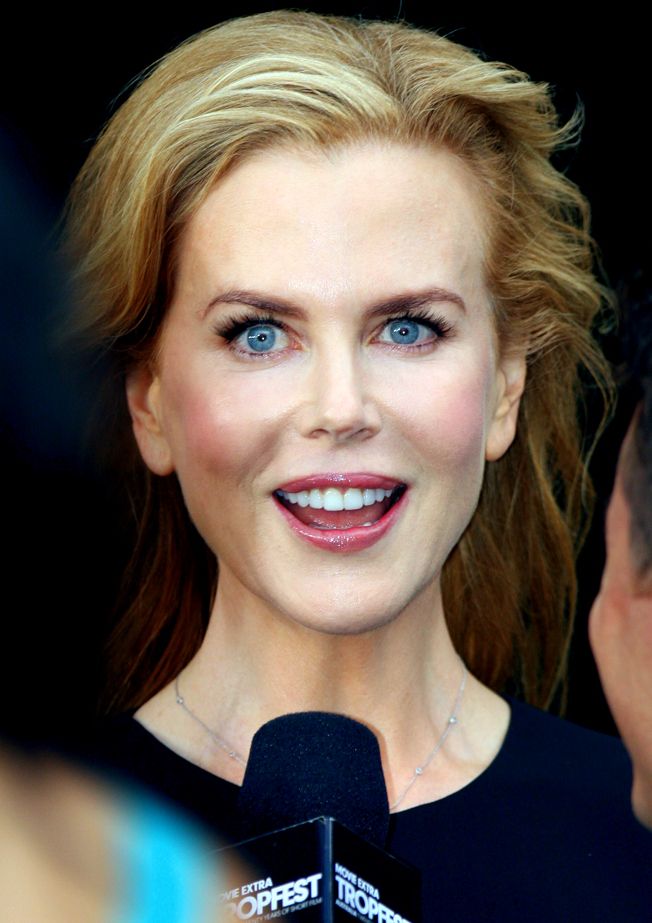
8. **Confronting Public Scrutiny and “Haters”: A Philosophy of Protection**
In a world increasingly dominated by instant judgments and online excoriation, Nicole Kidman has cultivated a steadfast philosophy for protecting her sensitive core. When faced with the inevitable negativity that comes with a life lived in the public eye, her advice is direct and unequivocal: “Literally walk away from it. Because it will fell you. It will destroy you.” This isn’t just a casual remark but a hard-won lesson, a strategy she imparts to those closest to her, especially her daughters who are now beginning to navigate their own public platforms.
Her experience is particularly poignant as her teenage daughter, Sunday Rose, ventured into the modeling world last year, walking the runway for Miu Miu. Kidman candidly admitted, “It’s very frightening for me.” Yet, she also acknowledged a certain personal irony, stating, “[But] I started working at 14, so I don’t really have a leg to stand on.” This reflects a deep understanding of the pressures young individuals face in the spotlight, coupled with a mother’s natural protective instincts and the wisdom of her own early career.
This philosophy extends beyond just avoiding online toxicity; it’s about maintaining inner resilience against external forces that seek to diminish or define. It speaks to the ongoing necessity of the “armor” she mentioned earlier, a conscious choice to shield her emotional landscape from the relentless scrutiny. In a society that often encourages constant engagement, Kidman’s stance offers a powerful, almost radical, alternative: choose self-preservation over confrontation, especially when faced with judgment that aims to destroy.
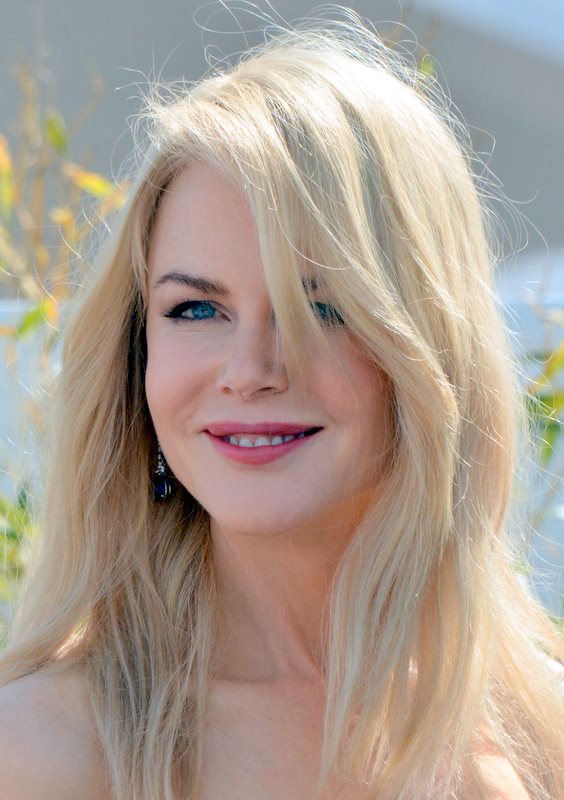
9. **Embracing Authenticity: Comfort with Aging and Flaws**
In a youth-obsessed industry, Nicole Kidman offers a refreshing perspective on aging and authenticity, choosing to embrace the natural nuances of her appearance rather than concealing them. She freely shared that she doesn’t mind being photographed bare-faced, without makeup, and even appreciates her nose being left red in a scene when she’s portraying emotional distress. This level of comfort with raw vulnerability is rare, particularly for someone of her stature.
Her appreciation for genuine human experience extends to the visual details of her craft. “I love the color of skin changing,” she expressed, “I love flaws in the skin and I love real tears.” This artistic integrity allows her to embody characters with profound realism, shunning superficial perfection in favor of emotional truth. It’s a testament to her commitment as a “character actor” to depict life as it truly is, with all its imperfections and shifting moods.
This comfort with her own evolving appearance also translates into her willingness to transform for roles, embracing the physical demands of playing characters older or less glamorous than herself. In the 2018 film *Destroyer*, for instance, she was almost unrecognizable, portraying a haggard, alcoholic cop—a critically acclaimed performance. She even grinned as she revealed, “And I’m about to do something where I’m going to look macabre,” demonstrating an enthusiastic embrace of challenging physical transformations that further distances her from conventional Hollywood vanity.
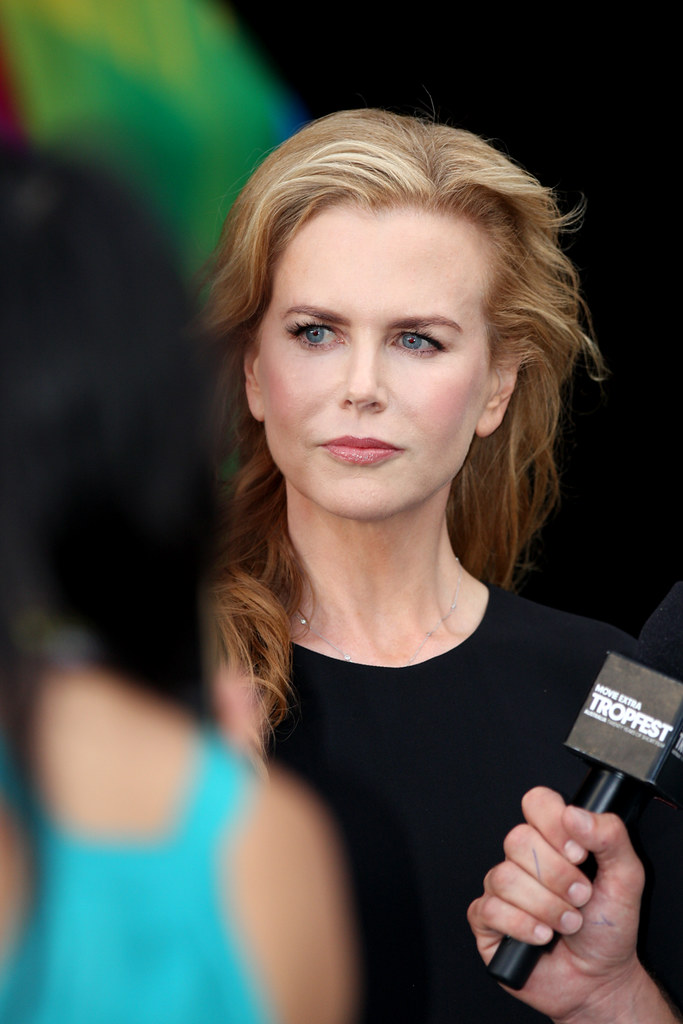
10. **Navigating Personal Loss and Grief: The Impact of Sudden Deaths**
Life, even for a global superstar, delivers its share of sudden and profound losses, and Nicole Kidman has faced more than her share. She recently revealed the devastating impact of unexpected deaths in her life, a vulnerability that forced her to reschedule an interview after a close friend passed away. “I was so vulnerable,” she explained later by phone, adding, “I’ve had a lot of sudden deaths in the course of my lifetime, which is awful.” This raw honesty offers a glimpse into the depths of her personal struggles.
Her close-knit family has also experienced immense grief. Her father, a biochemist and psychologist, died in 2014, and her mother passed away just last year in September—tragically, on the very day Kidman was slated to receive the best-actress award for *Babygirl* at the Venice Film Festival. Despite external pressures to attend and accept the accolade, she chose to prioritize her personal grief. “Everyone was saying, You’ve still got to go and accept the award,” she recalled, but “I just sat for a minute and I went, No, I can’t, I don’t, and I won’t.”
This decision, though seemingly simple, was a powerful act of self-protection against her “ingrained discipline” and strong “sense of duty and of being a good girl.” It marked a mature realization that “at this age…I’m protecting myself when I need to. It’s my right—as Virginia Woolf used to say—it’s my right as a human being.” This profound assertion underscores her journey towards prioritizing her well-being, even when it means defying deeply ingrained expectations and the demands of her demanding career.
Read more about: Ethel Kennedy: A Legacy of Resilience, Service, and Unwavering Faith
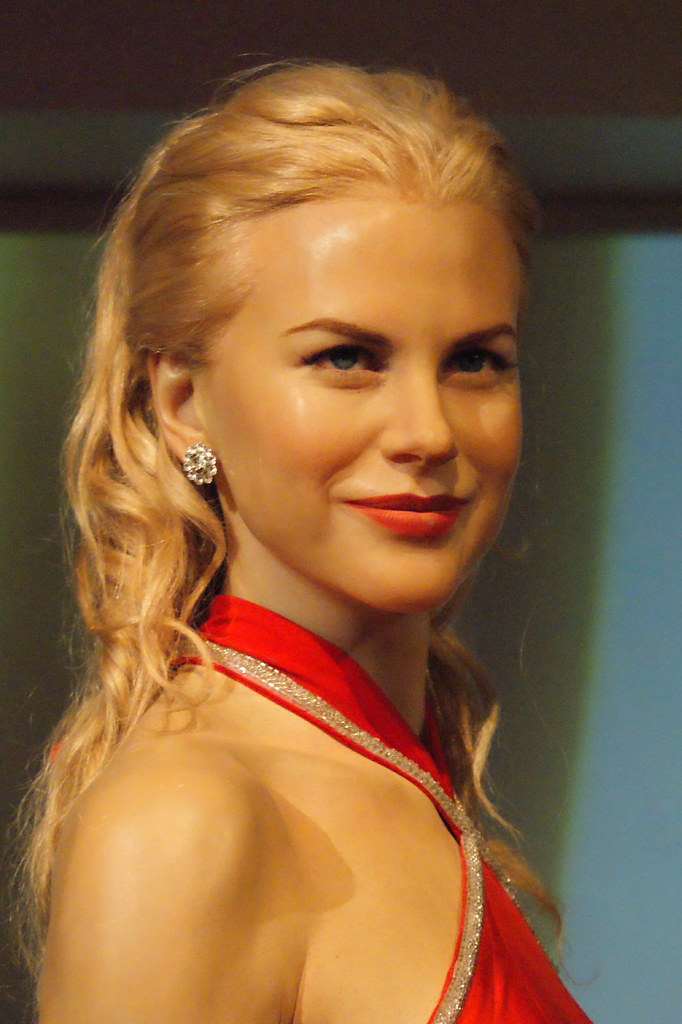
11. **The “Devastating” Shift: Life Amid Keith Urban Divorce**
Just as Nicole Kidman was opening up about life’s unpredictable turns, news broke of a seismic shift in her personal life: her separation and subsequent divorce from country singer Keith Urban after 19 years of marriage. This revelation arrived just weeks after she spoke ruefully about how often one thinks they know where life is going, only for it to veer in an entirely different direction. She articulated this sentiment with a poignant question: “How many times do you have to be taught that you think you know where your life is going and then it isn’t going in that direction?” This statement now resonates with even greater depth, reflecting the personal upheaval she was quietly navigating.
Kidman officially filed for divorce on September 30, citing “irreconcilable differences” and listing the date of filing as the date of separation, according to court documents from Nashville. The filing also included a request for her to be named the “primary residential parent” of their two daughters, Sunday Rose, 17, and Faith Margaret, 14, indicating that a parenting plan has been mutually agreed upon. This logistical shift highlights the practical implications of such a significant personal change.
While the public news of the split came in late September, insiders suggested that the couple had been living apart “since the beginning of summer,” hinting at a period of quiet transition before the official announcement. Further speculation arose with sources claiming Urban was already seeing another woman, specifically his 25-year-old guitarist, Maggie Baugh, which added another layer to the public narrative surrounding their separation. Despite the personal nature of these details, Kidman’s public appearances remained composed, showcasing her resilience amidst private turmoil.
Following the divorce filing, Kidman made her first public appearance to present an award at an amfAR auction in Dallas, Texas. Days later, she attended the Chanel runway show during Paris Fashion Week with her daughters, where she debuted a fresh haircut, symbolically embracing a new chapter. These outings underscore her ability to maintain a professional presence and embrace personal evolution even during what she described as “devastating” changes, embodying her philosophy of finding a way through pain and moving forward with grace.
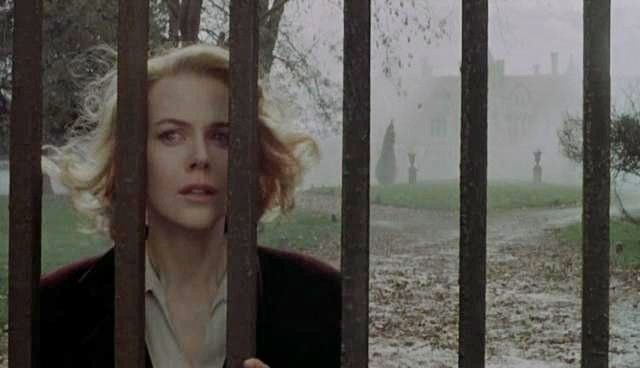
12. **The Crucial Role of a Steadfast Support System**
In navigating the profound personal changes and losses she has faced, Nicole Kidman relies heavily on a robust and unwavering support system, particularly her close circle of girlfriends in Nashville. These aren’t just casual acquaintances but “ride-or-die friendships,” as she gratefully described them. Among them, she counts Reese Witherspoon, her friend and neighbor whose kitchen she can “wave to,” as well as influential figures like a senior oncologist at Vanderbilt Hospital, for whom Kidman does “an enormous amount of work” aligned with their cancer research, and another friend who runs a hospital.
These deep connections provide an essential emotional anchor, offering solace and strength during challenging times. Kidman’s openness about leaning on these women highlights the universal need for human connection and solidarity, especially when life throws unexpected curveballs. It underscores that even the most formidable individuals draw strength from their community, transforming shared experiences into collective resilience.
Beyond her friendships, her children provide an undeniable sense of purpose and a profound reason to persevere. Kidman expressed that her daughters are her “purpose of being their protector and their guide, promising them that I’m here and that, no matter what, there’s always a safe place to grow up in.” This maternal commitment serves as a powerful motivator, grounding her amidst life’s storms and reinforcing the importance of creating a secure and loving environment for her family. This multifaceted support system, from cherished friends to her own children, forms the bedrock upon which she builds her strength and navigates life’s complexities.
Read more about: Beyond the Red Carpet: Nicole Kidman’s Unfiltered Confessions on Life, Love, and Reinvention After Her Split from Keith Urban
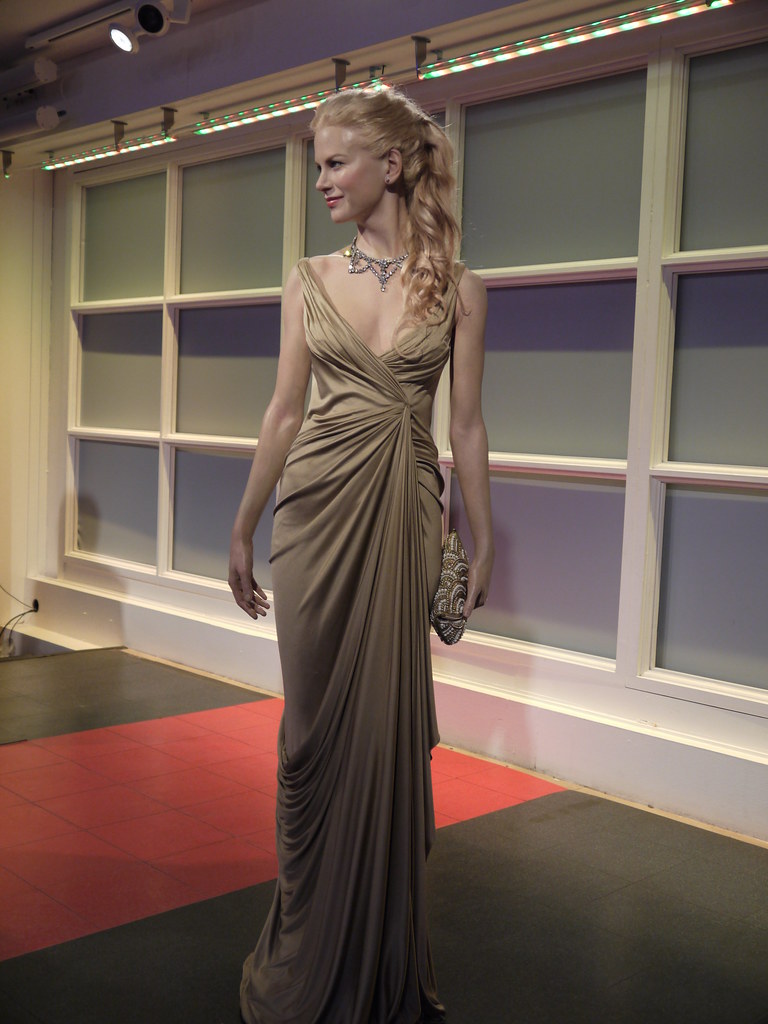
13. **Finding Purpose and Processing Pain Through Art**
Nicole Kidman possesses a remarkable capacity to transmute life’s “highs and lows,” its “losses and the pain,” into the very grist of her artistic process. For her, acting and producing are not merely professions but profound avenues for emotional exploration and healing. She openly shared, “I put it in my work. That’s the beauty of what I do. There’s a place for some of this to explode, implode, process, discover.” This reveals a deeply therapeutic aspect to her creative endeavors, allowing her to channel personal experiences into powerful performances and narratives.
This approach to her work gives her a profound sense of gratitude and purpose. She expressed being “grateful to be surviving as a woman, as an actress, and as a producer, professionally and personally.” This gratitude is intertwined with her role as a mother, as her children provide an additional layer of meaning. She sees herself as their “protector and their guide,” committed to ensuring they have a “safe place to grow up in.” This dual sense of purpose—artistic and maternal—fuels her enduring motivation.
Her ability to draw on personal experiences, even the painful ones, enriches her performances and allows her to impart wisdom without being prescriptive. She aims to “share and impart the things I’ve learned,” acknowledging that she’s “seen a lot, I’ve experienced a lot, and I’ve survived a lot.” While she doesn’t wish to tell “people what to do,” she is “more than happy” to share her journey, offering “tidbits” from her own life for others to glean insights. This philosophy underscores a generous spirit that seeks to connect and inspire through authentic storytelling.
Read more about: Steering Clear of Danger: The 14 Critical Mistakes People Make with Self-Driving Features and Why Autonomy Isn’t Always Safe
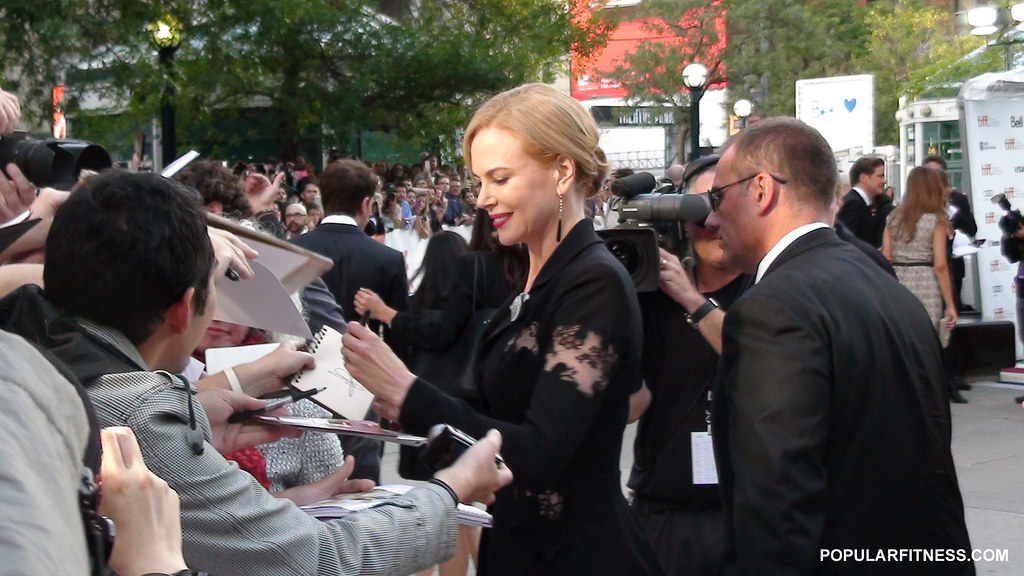
14. **Ambitious Future Endeavors: Producing, Writing, and the Unending Quest**
Far from contemplating a slowdown, Nicole Kidman’s future is brimming with ambitious creative endeavors, particularly in the realms of producing and, remarkably, contemplating writing. Her production company, Blossom Films, continues to flourish, with projects “lined up like airplanes coming into JFK.” This strategic control over her work allows her to align professional pursuits with personal priorities, such as filming *Scarpetta* in Nashville for a “normal job” feel and *Practical Magic 2* in London during school holidays to keep her children close.
Beyond acting and producing, Kidman has tentatively revealed a new artistic horizon: writing. She keeps a journal, documenting her dreams and thoughts, which she later reviews and burns. “I’m contemplating writing,” she mentioned hesitantly, admitting the idea was still too fragile to fully discuss. Yet, she acknowledged, “there’s a wealth of things I am compiling in my little psyche.” When asked if writing would be a “departure” for someone who has never directed, she countered, “Or maybe a necessity,” hinting at an evolving creative compulsion.
Her future slate includes the upcoming series *Margo’s Got Money Troubles* with Elle Fanning and a planned second series of *Scarpetta*, demonstrating a relentless drive to tell stories. For Kidman, the pursuit of understanding life’s vastness is an unending quest, as she articulates: “So much to say and so little time to say it. About death and life and joy and grief and loss and and why we’re here and what is truth and is truth even necessary.” With a delightful laugh, she embraced the grand questions of existence, emphasizing her insatiable curiosity. “Why stop? You’ll have to tie me down, tie me up!” she exclaimed, a defiant and joyful declaration that her artistic journey is far from over.
Nicole Kidman, through every triumph and tribulation, continues to embody a spirit of profound resilience and boundless curiosity. From navigating personal heartbreaks to championing transformative narratives, she stands as a beacon of authenticity, reminding us that life’s deviations are not roadblocks but pathways to deeper wisdom and richer self-discovery. Her journey is a testament to the power of an open heart, protected by strength, driven by purpose, and forever seeking new stories to tell.


